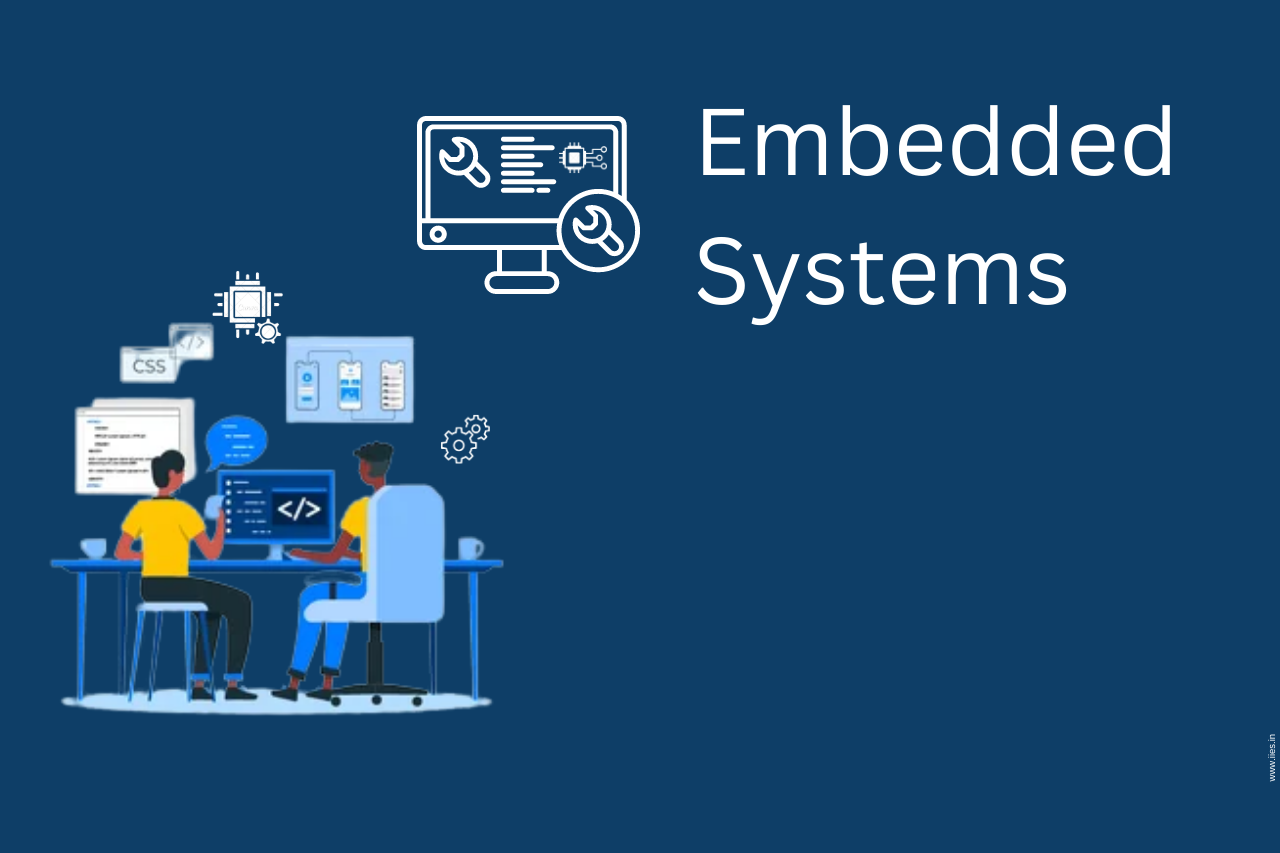
The Embedded Systems Programming Certified Course is designed to equip learners with the knowledge and skills required to develop software for embedded systems used in a wide range of applications, from consumer electronics and automotive systems to IoT devices and industrial automation. This course emphasizes hands-on programming, microcontroller interfacing, and real-time system development, enabling students to design, implement, and troubleshoot embedded solutions.
Module 1: Introduction to Embedded Systems what is an embedded system? Embedded vs. general-purpose systems Applications in automotive, robotics, IoT, and consumer electronics Basic hardware components: microcontrollers, sensors, actuators Overview of embedded software development.
Module 2: Embedded C Programming Basics Introduction to C for embedded systems Data types, operators, loops, and functions Pointers and memory management Bitwise operations for hardware control Writing modular and reusable code.
Module 3: Microcontroller Architecture & Peripheral Microcontroller basics: registers, timers, and GPIO Memory types: Flash, SRAM, EEPROM Peripheral devices and interfacing basic Overview of popular microcontrollers: Arduino, STM32, ESP32.
Module 4: Digital & Analog Interfacing Interfacing LEDs, switches, motors ADC and DAC concepts Using sensors: temperature, light, and motion sensors Analog signal conditioning.
Module 5: Timers, Interrupts & PWM Timer configuration and usage Interrupts and their importance in real-time systems PWM generation and applications Event-driven programming concepts.
Module 6: Serial Communication Protocols UART, SPI, I2C basics CAN bus for automotive application Implementing reliable data transmission Debugging communication interfaces.
Module 7: Real-Time Operating Systems (RTOS) Introduction to RTOS concepts Tasks, scheduling, and context switching Semaphores, queues, and mutexes Using Ferrets for embedded applications.
Module 8: Embedded Linux Basics (Advanced Module) Introduction to Embedded Linux Cross-compilation and toolchains GPIO, SPI, and I2C control in Linus Writing device drivers for hardware.
Module 9: IoT Integration with Embedded Devices Basics of IoT and cloud integration Communication protocols: MQTT, HTTP, Copal Connecting sensors to cloud platforms Security considerations in IoT devices.
Module 10: Project planning and requirement analysis Hardware selection and circuit design Embedded programming and testing Integration with IoT or user interface Presentation and demonstration of the working prototype.
Mobile: 9100348679
Email: coursedivine@gmail.com

You cannot copy content of this page